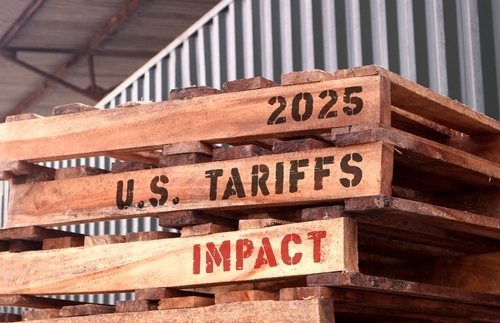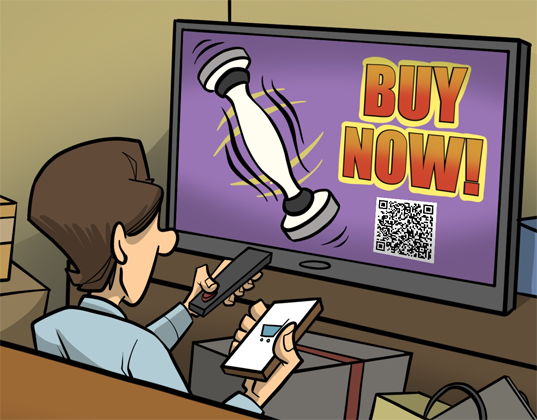B-to-B controlled circulation publishers are spending less time making sure their subscribers are right for their advertisers.
The number of questions asked for re-qualification has dropped. As a result, magazines may not be delivering an appropriate audience, according to Richard P. Malloch, president of Hearst Business Media Group.
Malloch said that more and more companies are using telemarketing to renew controlled circulation magazines, with nearly one-quarter of all B-to-B circulation generated through this channel. This is distressing in light of a call he once received in which the telemarketer didn’t ask about his level of purchase authority–or even whether he read the publication, he said.
When Malloch volunteered that he didn’t read the publication, the caller didn’t even miss a beat. “Maybe if you leave it around your office someone else will,” he said.
The decline in direct mail qualification–26.1% since 1996, according to Malloch–also means that the audit bureaus are relying more on phone call records and e-mail listings than reply cards. Reply cards can contain more –and more stable–information.
Why the scramble for controlled circulation readers?
There has been considerable dilution in the industry. With the advent of desktop publishing, it has become easier for publishers to put out a professional-looking publication. In fact, since 1996 the number of B-to-B magazines has grown from 4,260 to 6,399.
At the same time, the number of business-oriented Web sites has mushroomed. Malloch said that businesspeople visit an average of 7.5 sites a month, and spend two and a half hours each week on these sites.
Malloch challenged the industry to raise the bar on qualifying readers, the better to assure advertisers that the industry is delivering the readers it promises. He suggested establishing an independent monitoring and tracking organization (as opposed to the circulation qualifying organizations such as the Audit Bureau of Circulations and BPA International).
“We have not been given our advertisers or readers as much credit as they are due,” Malloch said.
“We should work to tie down our circulation strategies, and admit that we might be over-publishing. In our sectors [readers] may be receiving upward of 25 publications per month. I assure you they are not reading them all.”
Malloch made his comments during a keynote on Monday morning at the Circulation Management Conference and Expo at the Hilton New York. The conference runs through Wednesday.
 Network
Network

